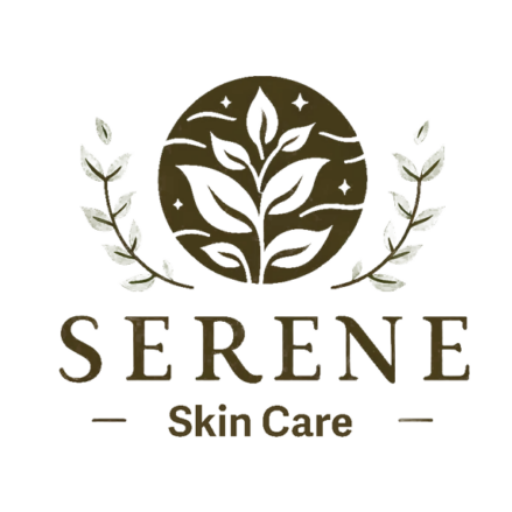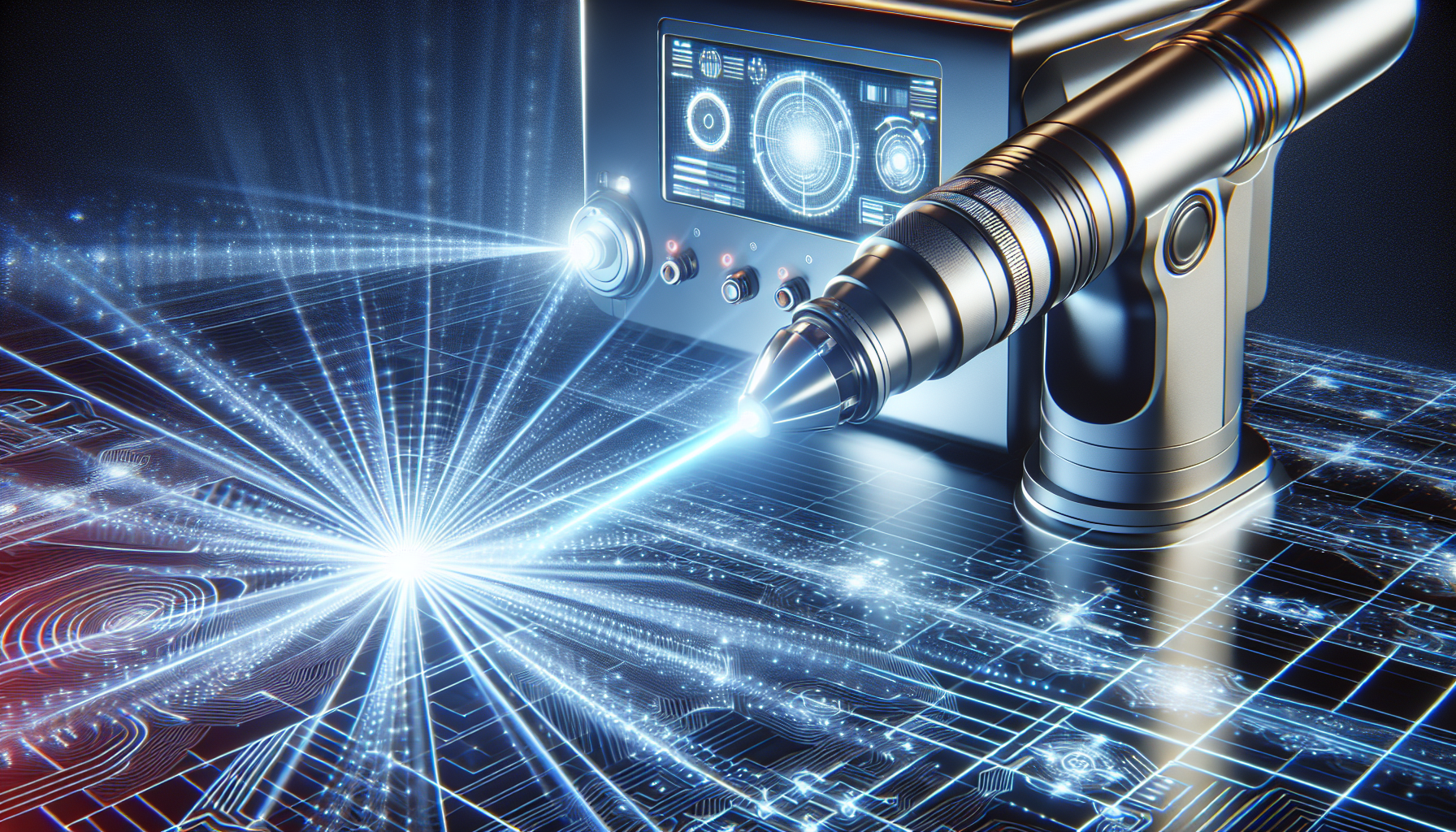Laser therapy has become a popular option for individuals seeking effective skincare treatments. From reducing wrinkles and acne scars to treating unwanted hair growth, lasers offer a range of benefits. In this article, we will explore the different types of laser therapy used in skincare and discuss their various uses. Whether you’re curious about laser resurfacing, hair removal, or tattoo removal, this guide will provide you with a comprehensive overview of the types and uses of laser therapy in skincare.
Types of Laser Therapy
Non-Ablative Laser Therapy
Non-ablative laser therapy is a type of laser treatment that focuses on stimulating collagen production in the skin without removing the outer layer. This therapy uses low levels of laser energy to heat up the skin and stimulate the body’s natural healing response. Non-ablative laser therapy is often used for reducing the appearance of fine lines, wrinkles, and mild to moderate acne scars.
Ablative Laser Therapy
Ablative laser therapy is a more intensive form of laser treatment that involves removing the outer layer of the skin. This therapy uses high-energy lasers to precisely remove damaged skin cells, promoting the growth of new, healthier skin. Ablative laser therapy is particularly effective in reducing deep wrinkles, severe acne scars, and uneven skin tone caused by sun damage or aging.
Fractional Laser Therapy
Fractional laser therapy is a combination of non-ablative and ablative laser treatments. It treats only a fraction of the skin’s surface, targeting microscopic columns of tissue while leaving surrounding areas untouched. This allows for faster healing and minimal downtime compared to traditional ablative laser therapy. Fractional laser therapy is often used for treating wrinkles, acne scars, and sun damage.
Pulsed-Dye Laser Therapy
Pulsed-dye laser therapy uses a concentrated beam of light to target and heat blood vessels in the skin without damaging surrounding tissues. This therapy is commonly used to treat skin conditions such as rosacea, spider veins, and port-wine stains. Pulsed-dye laser therapy effectively reduces redness and can improve the appearance of vascular lesions.
Carbon Dioxide (CO2) Laser Therapy
Carbon dioxide laser therapy is an ablative laser treatment that uses a carbon dioxide laser to resurface the skin. This therapy vaporizes the outer layer of the skin, stimulating collagen production and resulting in smoother, tighter skin. CO2 laser therapy is effective for reducing deeper wrinkles, scars, and sun damage.
Uses of Laser Therapy in Skincare
Treatment of Acne
Laser therapy is a popular option for treating acne, particularly for individuals who have not responded well to other treatments. The laser targets the bacteria responsible for acne and reduces oil production in the skin. Laser treatments for acne can help reduce inflammation, clear breakouts, and improve the overall texture and appearance of the skin.
Reduction of Wrinkles and Fine Lines
Laser therapy is an effective solution for reducing the appearance of wrinkles and fine lines. It works by stimulating collagen production, which helps to plump and tighten the skin. Laser treatments can target specific areas of concern, such as crow’s feet around the eyes or wrinkles on the forehead. The result is smoother, more youthful-looking skin.
Scar Reduction
Laser therapy is an excellent option for reducing the appearance of scars, including acne scars and surgical scars. The laser helps to break down scar tissue and stimulate the production of new, healthy skin cells. Over time, laser treatments can significantly improve the texture and color of scars, resulting in a smoother, more even complexion.
Skin Tightening
As we age, our skin gradually loses elasticity, resulting in sagging or loose skin. Laser therapy can help tighten and firm the skin by stimulating collagen production and improving the skin’s overall structure. Skin tightening treatments are commonly used on the face, neck, and body to reduce the appearance of sagging or drooping skin, resulting in a more youthful and rejuvenated appearance.
Hyperpigmentation and Melasma Treatment
Hyperpigmentation and melasma are common skin conditions that cause patches of darkened skin. Laser therapy can effectively target the excess pigmentation in the skin and break it down, resulting in a more even skin tone. Laser treatments for hyperpigmentation and melasma can help reduce the appearance of dark spots and create a more balanced complexion.
Non-Ablative Laser Therapy
Definition and Process
Non-ablative laser therapy is a non-invasive procedure that uses lasers to heat up the skin without removing the outer layer. This type of laser treatment targets the deeper layers of the skin, stimulating collagen production and promoting a natural healing response. Non-ablative laser therapy typically uses low-energy lasers, making it a comfortable and virtually painless procedure.
Benefits and Side Effects
One of the main advantages of non-ablative laser therapy is that it requires minimal downtime. After the procedure, the treated area may appear slightly red or swollen, but this typically resolves within a few hours. Non-ablative laser therapy is generally safe, with minimal risk of scarring or infection. However, some individuals may experience temporary side effects such as mild discomfort, temporary bruising, or changes in skin pigmentation.
Ideal Candidates
Non-ablative laser therapy is suitable for individuals who have mild to moderate skin concerns, such as fine lines, wrinkles, acne scars, or uneven skin tone. This type of laser treatment is particularly beneficial for individuals who prefer non-invasive procedures and want to avoid the prolonged downtime associated with ablative laser treatments.
Preparation and Aftercare
Before undergoing non-ablative laser therapy, patients should avoid excessive sun exposure and discontinue the use of any skincare products that contain retinol or exfoliating agents. The procedure itself is relatively quick and painless, with most treatments taking less than an hour to complete. After the procedure, patients should apply a gentle moisturizer and sunscreen to protect the treated area and promote healing. It is important to follow the aftercare instructions provided by the dermatologist to ensure optimal results.
Ablative Laser Therapy
Definition and Process
Ablative laser therapy is a more aggressive form of laser treatment that involves removing the outer layer of the skin. This type of laser treatment uses high-energy lasers to precisely vaporize damaged skin cells and stimulate the growth of new, healthier skin. Ablative laser therapy can be performed as a full-face procedure or targeted specifically to individual areas of concern.
Benefits and Side Effects
Ablative laser therapy is highly effective in treating deep wrinkles, severe acne scars, and uneven skin tone caused by sun damage or aging. The procedure allows for significant improvements in skin texture, tone, and overall appearance. However, ablative laser therapy often requires a longer recovery period compared to non-ablative treatments. Side effects can include redness, swelling, and peeling of the skin. Rare complications may include infection, scarring, or changes in skin pigmentation.
Ideal Candidates
Ablative laser therapy is generally recommended for individuals with more intensive skin concerns, such as deep wrinkles, severe acne scars, or moderate to severe sun damage. It is important for ideal candidates to have realistic expectations and be prepared for a longer recovery period compared to non-ablative treatments.
Preparation and Aftercare
Before undergoing ablative laser therapy, patients may be advised to discontinue the use of certain skincare products or medications to minimize the risk of complications. The procedure is typically performed under local anesthesia or sedation to ensure patient comfort. After the procedure, patients will need to follow a strict aftercare regimen, which may include applying ointments or creams to promote healing and protect the treated skin. It is important to avoid sun exposure and follow all post-treatment instructions provided by the dermatologist to achieve optimal results.
Fractional Laser Therapy
Definition and Process
Fractional laser therapy is a combination of non-ablative and ablative laser treatments. This type of laser therapy treats only a fraction of the skin’s surface, leaving surrounding areas intact. The laser creates microscopic columns of treated tissue, stimulating collagen production and triggerin

